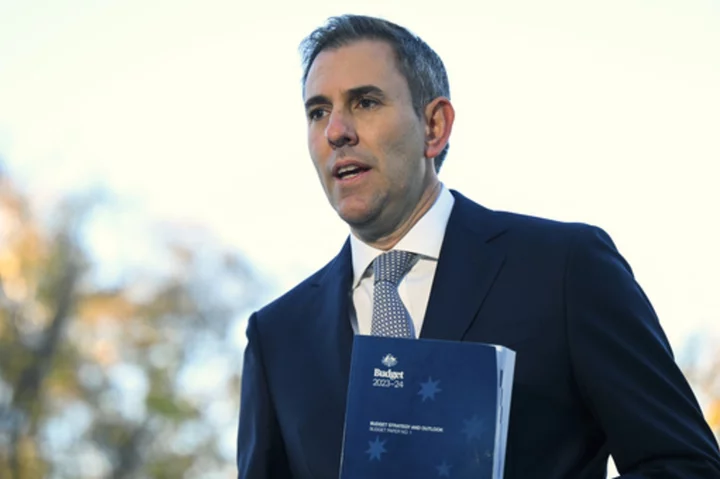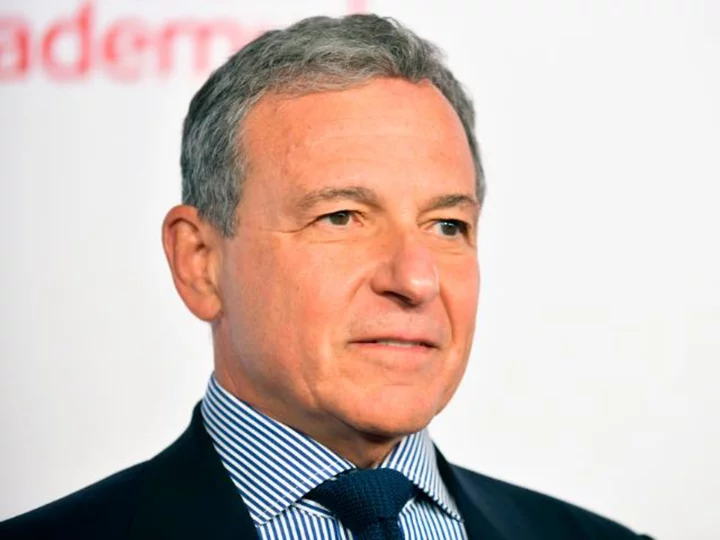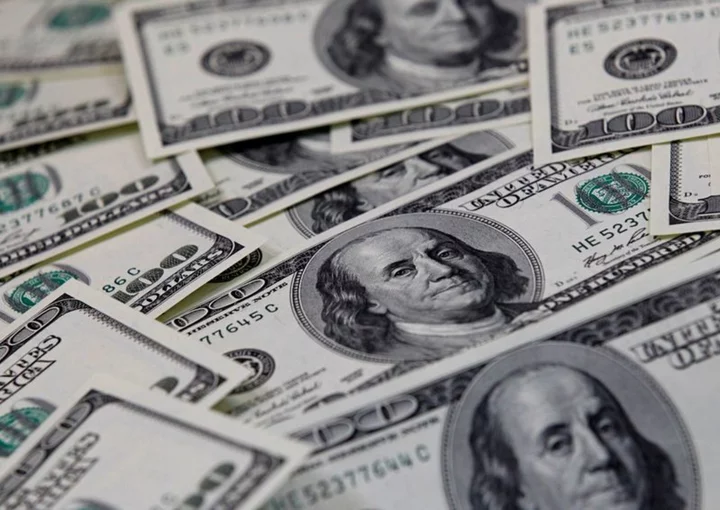By Clyde Russell
LAUNCESTON, Australia The spot price of gold has climbed to a six-month high, buoyed by hopes that monetary tightening in western countries is largely done and dusted.
While signs that the U.S. Federal Reserve and other western central banks have finished increasing interest rates are a definite positive for the precious metal, they're not the only factor.
China and India make up more than 50% of the physical gold market, giving the two Asian heavyweights a major influence on the likely price trajectory.
In local currency terms gold is close to record highs in both China and India, and there are signs that this may be starting to impact on retail demand in both countries.
Spot gold reached a six-month high of $2,017.82 an ounce on Monday and is up 11.5% since the recent low of $1,809.50 on Oct. 6.
In Indian rupees, gold reached 168,145 rupees an ounce on Monday, close to its all-time high of 169,401 rupees from May 4. It has gained 11.8% since the recent low on Oct. 6 of 150,401 rupees.
While India's gold demand has been solid so far in 2023, matching strength in the domestic economy, it appears that some momentum may be coming out of the market.
The discounts offered by dealers off official domestic prices, inclusive of 15% import and 3% sales levies, doubled to $6 an ounce last week amid reports of lacklustre demand for the upcoming wedding season.
It's a similar story in China, with the premium over spot prices declining to $20 to $40 an ounce last week from the $43 to $58 previously.
Another proxy for China's demand is its imports from Hong Kong, which fell for a second consecutive month in October.
China's net imports from Hong Kong slid 23% to 26.793 metric tons in October, compared with 34.757 tons in September, data from the Hong Kong Census and Statistics Department showed.
Higher prices and lingering economic uncertainty in the world's largest gold consumer are the most likely reasons for the muted import demand.
Spot gold in China's currency reached 14,433 yuan an ounce on Monday, closing in on the record high of 14,701 yuan from Oct. 27. The price is now 15.7% higher than the 2023 low of 12,479 yuan, hit in mid-February.
The high price of gold for consumers in China may further crimp demand in the fourth quarter, after the World Gold Council reported a decline in third.
China's jewellery demand was 153.7 metric tons in the third quarter, down 6% from the 163.2 in the same quarter last year, the council said in its latest Gold Demand Trends report.
The council's view is that this was actually quite a strong performance, pointing to the fact that in yuan terms, the third quarter was a record high.
However, whether China's consumers are prepared to continue buying gold in the face of high prices is the major question, and the lower imports from Hong Kong and the declining premiums suggest an increasing reluctance.
TWO OF THREE DRIVERS POSITIVE
The same is true for India, which also saw reasonable jewellery demand in the third quarter, with the council reporting a 7% increase to 155.7 metric tons from 146.2 in the same period in 2022.
But it's worth noting that the third quarter gain came amid a slump in domestic prices, which were in a downtrend from May to early October.
The recent price rally is likely to trim demand growth in India in the current quarter.
Overall, gold tends to rally on a sustained basis when the three major drivers of demand are working in unison.
These are investment buying, typified by rising holdings in gold exchange-traded funds (ETFs), central bank buying, and finally jewellery and bar and coin purchases.
Flows into ETFs have risen in recent weeks, although they are still well off the highs in 2023.
Central bank buying was robust in the third quarter, with 337 metric tons reported by the council, the second-strongest third quarter on record.
But countering the positive drivers are signs that high prices are undermining demand growth in the key markets of China and India.
This doesn't mean gold can't make further gains, but it may not be as certain a bet as suggested by the likely end of monetary tightening in western economies.
The opinions expressed here are those of the author, a columnist for Reuters.
(Editing by Sonali Paul)









